More than 500 dams planned inside protected areas: Study (source Mongabay)
by Liz Kimbrough on 5 August 2020
- More than 500 dams are either under construction or planned within protected areas over the next two decades, according to a new study.
- The study found that more than 1,200 large dams already exist within protected areas.
- The authors strongly encourage governments to avoid constructing dams in or near protected areas and instead to look toward renewable energies such as wind and solar.
- The researchers express concerns about ongoing rollbacks to environmental protections, especially amid the COVID-19 pandemic.
Hundreds of dams are planned within global protected areas, a prospect that threatens people, plants and animals that rely on the lifegiving waters of free-flowing rivers.
According to a first-of-its-kind global analysis published in the journal Conservation Letters, 509 dams, or 14% of the total currently under construction or planned for the next two decades, are set to be built in protected areas.
“The sheer number of dams that are planned within protected areas is alarming,” said Michele Thieme, lead author of the study and lead freshwater scientist at WWF. “Rivers are the lifeblood of ecosystems. Any policy that aims to conserve nature must prioritize the free flow of rivers.”
The researchers overlaid data on planned dams from the Global Dam Watch database onto maps from the World Database on Protected Areas to arrive at the number. The team also identified 1,249 large dams already in place within existing protected areas using the Global Reservoir and Dam Database (GRanD).
Worldwide, rivers aren’t what they used to be. A 2019 study revealed that two-thirds of the world’s longest rivers are no longer free-flowing. These long rivers (more than 1,000 kilometers or 621 miles long) are blocked by dams and infrastructure. This fragmentation blocks the flow of water and nutrient-carrying sediments to downstream habitats, altering ecosystems and impeding the migration and reproduction of fish and other freshwater species
read the complet article (Mongbay Website)
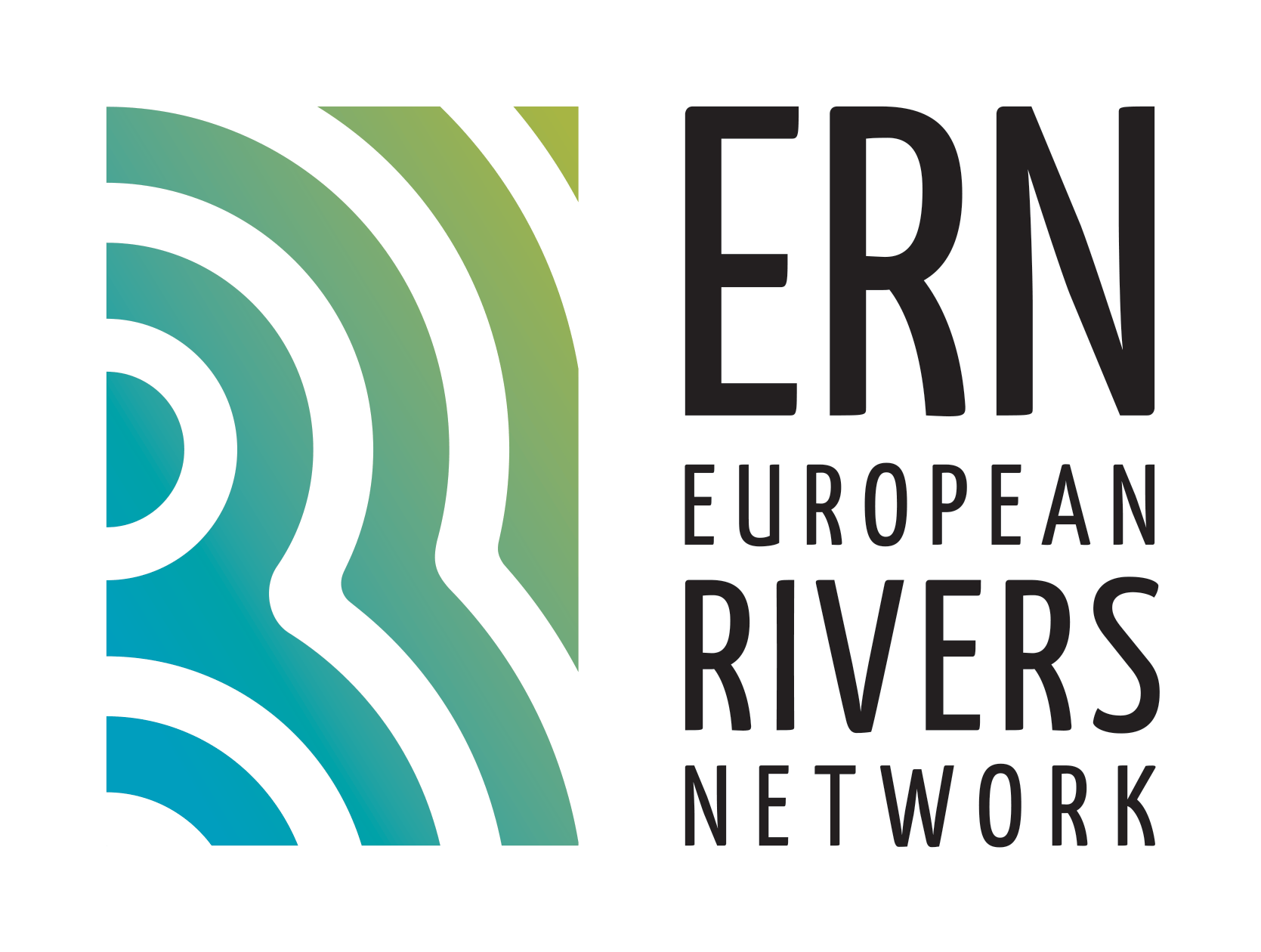

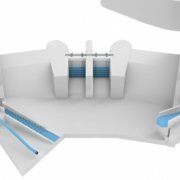
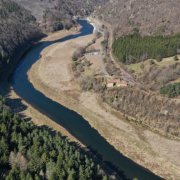
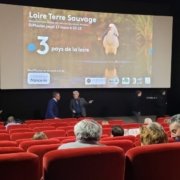
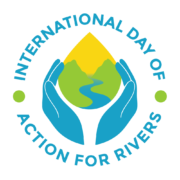
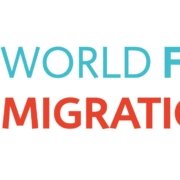
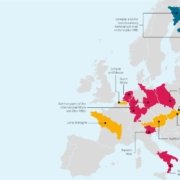
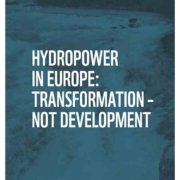
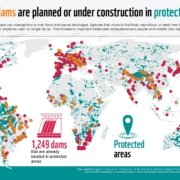
 ERN France
ERN France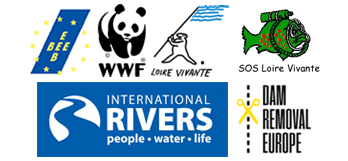 ERN is the official WWF Freshwater Partner in France and cooperates with WWF Switzerland, Austria, Netherlands and others
ERN is the official WWF Freshwater Partner in France and cooperates with WWF Switzerland, Austria, Netherlands and others